We are improving the lives of all Marylanders by making sure everyone has access to nutritious food while providing solutions that address hunger in the first place.
We’re using new tools, new resources, and a wealth of data to make things better for Maryland’s children, individuals living in Communities of Color, older adults, and working families.
What does it take to feed our neighbors in need?
3 Branches
Baltimore (central Maryland), Salisbury (Eastern Shore), and Hagerstown (western Maryland)
Nearly 1,100 Distribution Points
including approximately 360 community-based Network Partner sites
170 Staff
A hardworking and dedicated team
36,000+ Volunteer Hours
approximately
How do we get food to hungry Marylanders?
Distributing food from three locations across 21 counties and Baltimore city requires an inclusive approach with different solutions for different situations.
Network Partners
Approximately 360 food pantries, soup kitchens, shelters, and other community-based organizations all across the state help provide relief to members of their communities who struggle to put food on their tables.
Distribution Programs
School Pantries, Pantry on the Go, Summer Clubs, and Supper Clubs offer our neighbors in need access to nutritious food in a variety of settings. We also help connect people with federal and state food assistance programs, such as TEFAP, SNAP Outreach, and DSS.
Maryland Food Bank Programs
Tailored programs ensure food-insecure Marylanders get the assistance they need.
The company I worked for closed last year, and while I have been able to find part-time work, it’s not enough to cover my rent, my bills, and be able to get food at the grocery store. I honestly don’t know how my daughter and I would get by if the Maryland Food Bank wasn’t out here today.”
Anne W.
under-employed mother
Where does the food bank get food?
Until recently, our inventory was roughly equal percentages of donated, donated facilitated, and purchased, with the remainder coming from the USDA.
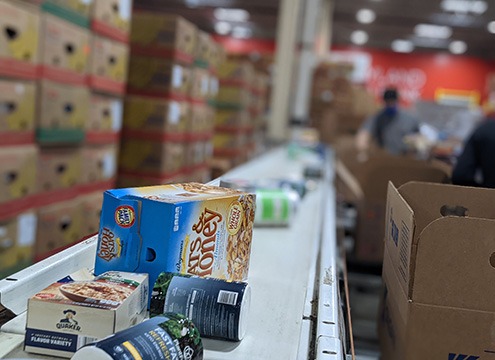

Donated
Food comes from grocery and big box stores, manufacturers, distributors, wholesalers and our Farm to Food Bank Program.
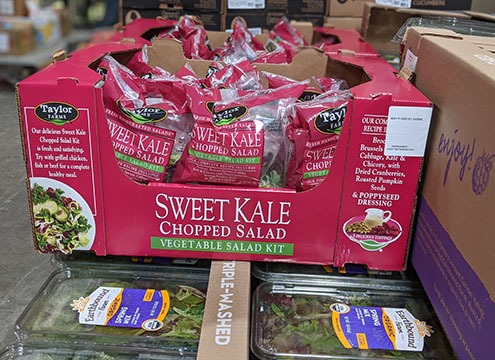

Purchased
Food that MFB buys through relationships with manufacturers and distributors.


Facilitated Donated
Food that is recovered from local retailers by our Network Partners.
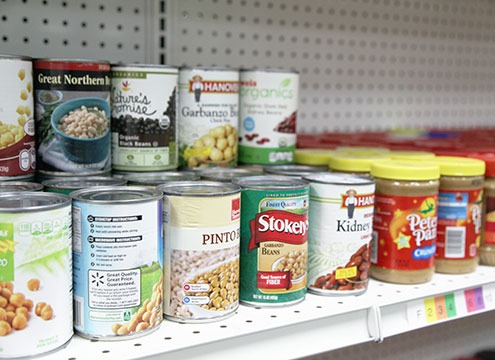

USDA
Federally sourced food from large-scale manufacturers.
During the pandemic, our model shifted, and we had to purchase a much higher percentage of the food we distribute. We found that the increased flexibility and control over the types of food we purchase results in a more dignified experience, allowing people visiting our partners to make healthier choices. We are continuing to use this model, even with the ongoing increased costs.
Culturally Inclusive Crops Bring Nutrition, Familiarity to Neighbors in Need
Our Culturally Inclusive Crop Program provides neighbors in need with familiar, culturally relevant foods, that not only ease the burden of acquiring fresh produce (which can be prohibitively costly, if it is available at all), but also encourages healthier eating choices.
How do we know how much food to send into communities?
Recognizing that hunger looks different in western Maryland than it does in Baltimore or on the Eastern Shore, we take a regional approach to our food distribution efforts, dividing Maryland into five areas — Western, Northern, Central, Southern, and Eastern.
With data gleaned from our Maryland Hunger Map, we work with our local partners in each region to help determine which of our existing programs or distribution methods will work best in their community. Additionally, we connect partners with nearby social service organizations that can help their neighbors in need address the root causes that are driving them to hunger in the first place.
And we’re continuing to innovate, and offer new approaches, such as Mobile Markets and versioned Back Up Boxes.
The Maryland Hunger Map
This resource is helping us do more for our neighbors, and we’re excited to have you explore the map to learn more about hunger.
How Can You Help?
Our ability to expand access to nutritious food while providing solutions for those in need relies on continued partnerships and support from Marylanders like you.
Help support our efforts.
Latest Food Distribution News
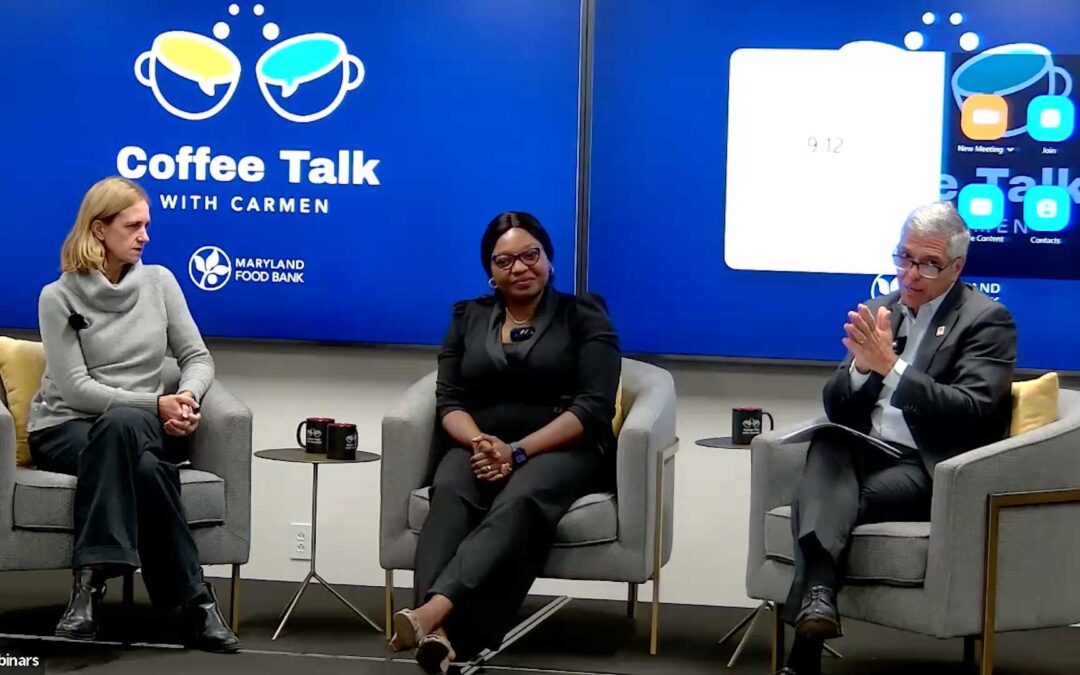

Coffee Talk with Carmen featuring Bukola Daramola & Kate Long (VIDEO)
On October 18, 2024, Public Health Specialist/Coordinator of the food pantry at Maryland Food Bank partner RCCG Mercy Court Bukola Daramola, and Maryland Food Bank’s Senior Director of Nutrition Programs Kate Long join CEO & President Carmen Del Guercio for an engaging conversation about how culturally inclusive crops are not only bringing relief and dignity to neighbors in North Baltimore but is helping to create a more equitable food system statewide.
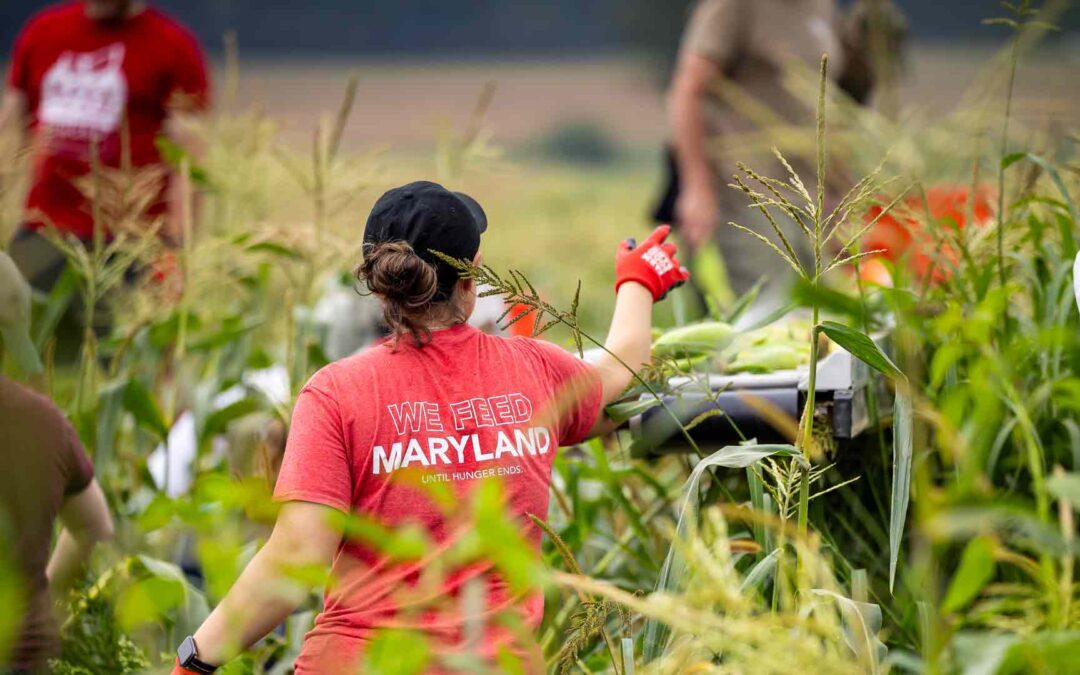

Hunger ACTion Month 2024: Advocating, Collaborating, and Truth-telling
Check out the Maryland Food Bank’s list of the Top 3 Ways to Act during Hunger ACTion Month: Advocating, Collaborating, and Truth-telling. Find out how YOU can ACT OUT during Hunger ACTion Month 2024
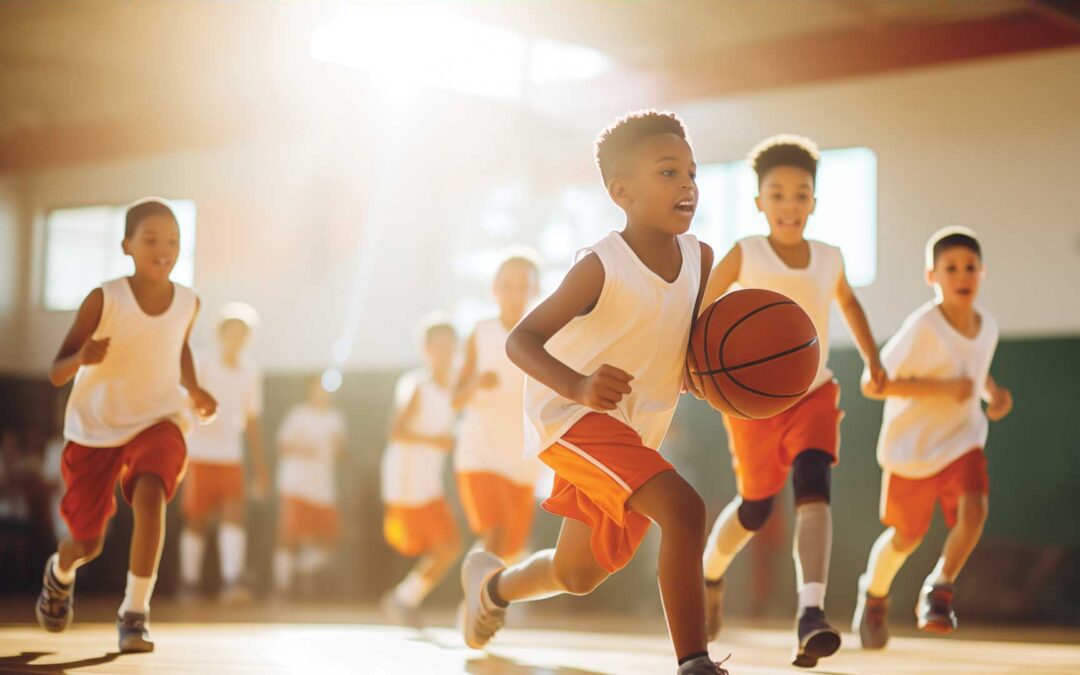

Teaching Hunger a Lesson: School Pantry 101
Offering Maryland students and families the opportunity to find relief in the familiar setting of their local schools and colleges is one of the most effective ways to fight hunger.


Out of School Doesn’t Mean Out of Luck: Summer Clubs
Hosted by established community organizations where children feel comfortable and safe, our Summer and Supper Clubs ensure that kids can be kids in the late afternoons during the school year and over the summer.






